
People may be born with hearing loss or acquire the condition during their lives. In the first case hearing impairment develops before the child is born, while he/she is inside the mother's uterus. Acquired hearing loss, on the other hand, develops after the baby is born, during childhood or adulthood. No matter what the underlying causes are, hearing loss may affect one or both ears and can be of different degree. This is why some individuals face mild hearing loss, still being able to hear and communicate with other people, while others suffer from complete hearing loss which creates a need for one to learn a sign language or undergo some procedures which may restore hearing such as cochlear implant surgery.The Way We Hear
Hearing is a rather complex process starting with sound waves which travel from the outside the ear and finally reach the outer ear. These sound waves travel further to the middle ear reaching the eardrum and then three bones called ossicles. Vibrations of the eardrum and the ossicles carry the sound into the inner ear and further to the auditory nerve. The auditory nerve actually receives electrical nerve impulses which are then transmitted further to the specific parts of the brain in charge of decoding the signals and perceiving sound.
The primary auditory cortex is a portion of the brain responsible for the processing of auditory information. This part of the brain is located in the temporal lobe. There is permanent communication between the primary auditory cortex and Brodmann areas 41 and 42.
Brain Damage and Hearing Loss
Individuals with brain injury are at risk for hearing loss. It is estimated that hearing problems may result from mechanical or neurological damage to brain tissue. This particularly refers to damage to the inner ear or the temporary lobe, the site of the hearing center. In order to estimate potential damage and eventual hearing loss, doctors generally perform an otoscopic examination and hearing screening together with behavioral testing. There are different ways to induce hearing loss. Some of them include external bleeding in the ear canal, middle ear damage, cochlear injury as well as temporal lobe lesions.
In children suffering from auditory processing problems, conductive hearing loss and/or sensorineural hearing loss there may be additional health issues such as problems with balance. In such case there is additional damage to the vestibular system. Furthermore, such patients may also develop problems in the areas of communication, acquiring new information, attention, concentration etc.
It is estimated that tinnitus together with hearing loss represents the leading side effect of traumatic brain injury. Additional hearing problems associated with such injury include hyperacusis and difficulty filtering one set of sounds from background noise. Finally, one may end up with auditory agnosia, a condition characterized by the inability of the affected person to recognize the meaning of certain sounds.


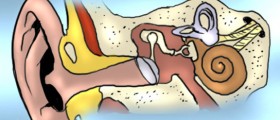


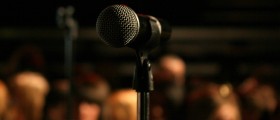
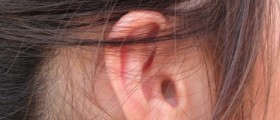

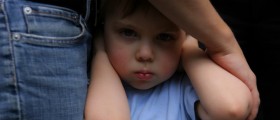
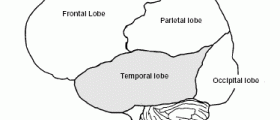
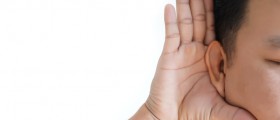


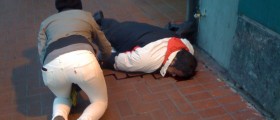
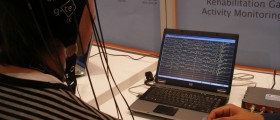

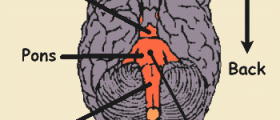
Your thoughts on this
Loading...